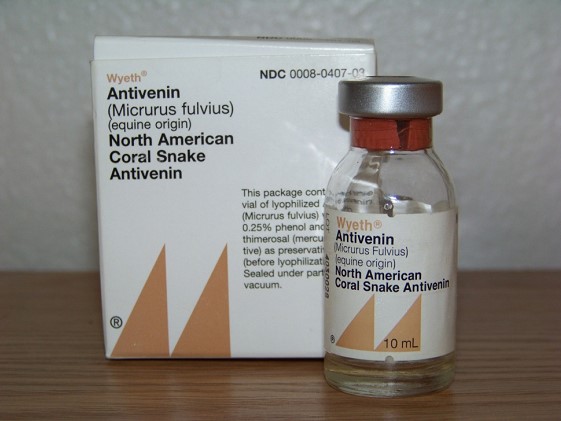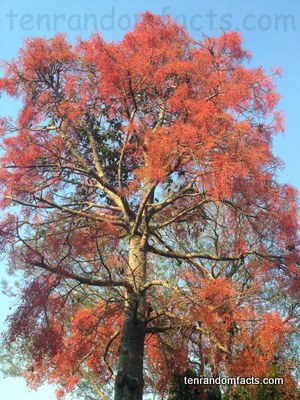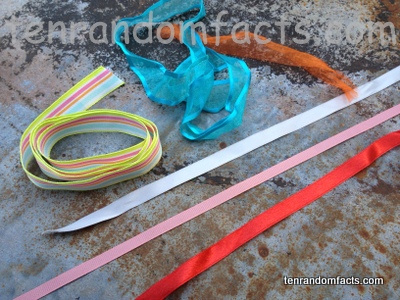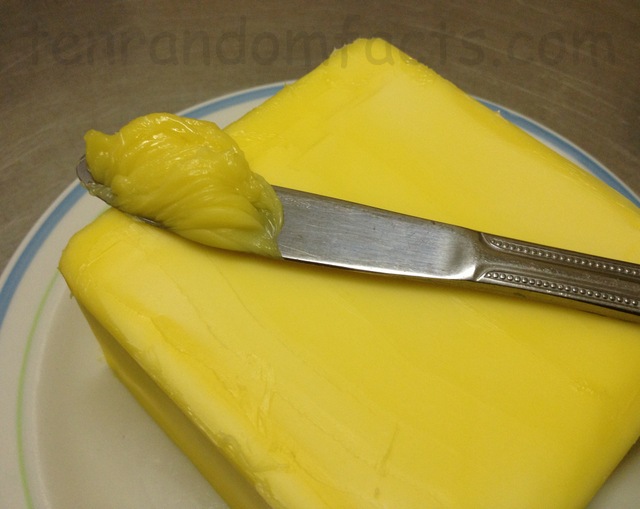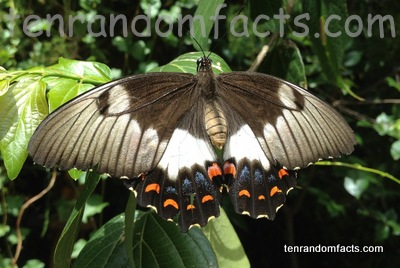
Big orchard swallowtail butterflies flying through the sky.
- ‘Orchard swallowtail butterflies’ are also known as ‘large citrus butterflies’, and are often the largest butterfly found in their native environment.
- The scientific name of orchard swallowtail butterflies is Papilio aegeus and they are from the family Papilionidae, which is the family of swallowtail butterflies.
- Orchard swallowtail butterflies are native to Papua New Guinea and eastern Australia.
- Orchard swallowtail butterflies are sometimes considered pests, since the larvae (caterpillars) eat citrus leaves.
- Orchard swallowtail butterflies have a wingspan ranging from 10 to 14 centimetres (4 to 5.5 inch), with females being slightly larger than the males.
- Orchard swallowtail butterflies have orange-red and blue markings on their white and black coloured wings.
- Orchard swallowtail butterfly caterpillars have a concealed forked organ that appears and repels a foul smell when threatened.
- Orchard swallowtail butterflies generally flutter slower than most butterflies, but can move quickly if needed.
- New orchard swallowtail butterfly larvae are camouflaged white, grey and brown, taking on the appearance of bird waste.
- Male orchard swallowtail butterflies pursue black and white creatures, including birds, that move in their territory.
Bibliography:
Orchard Swallowtail Butterfly – Papilio aegeus, 2013, Brisbane Insects, http://www.brisbaneinsects.com/brisbane_butters/Orch_butt.htm
Papilio Aegeus, 2013, Wikipedia, http://en.wikipedia.org/wiki/Papilio_aegeus





